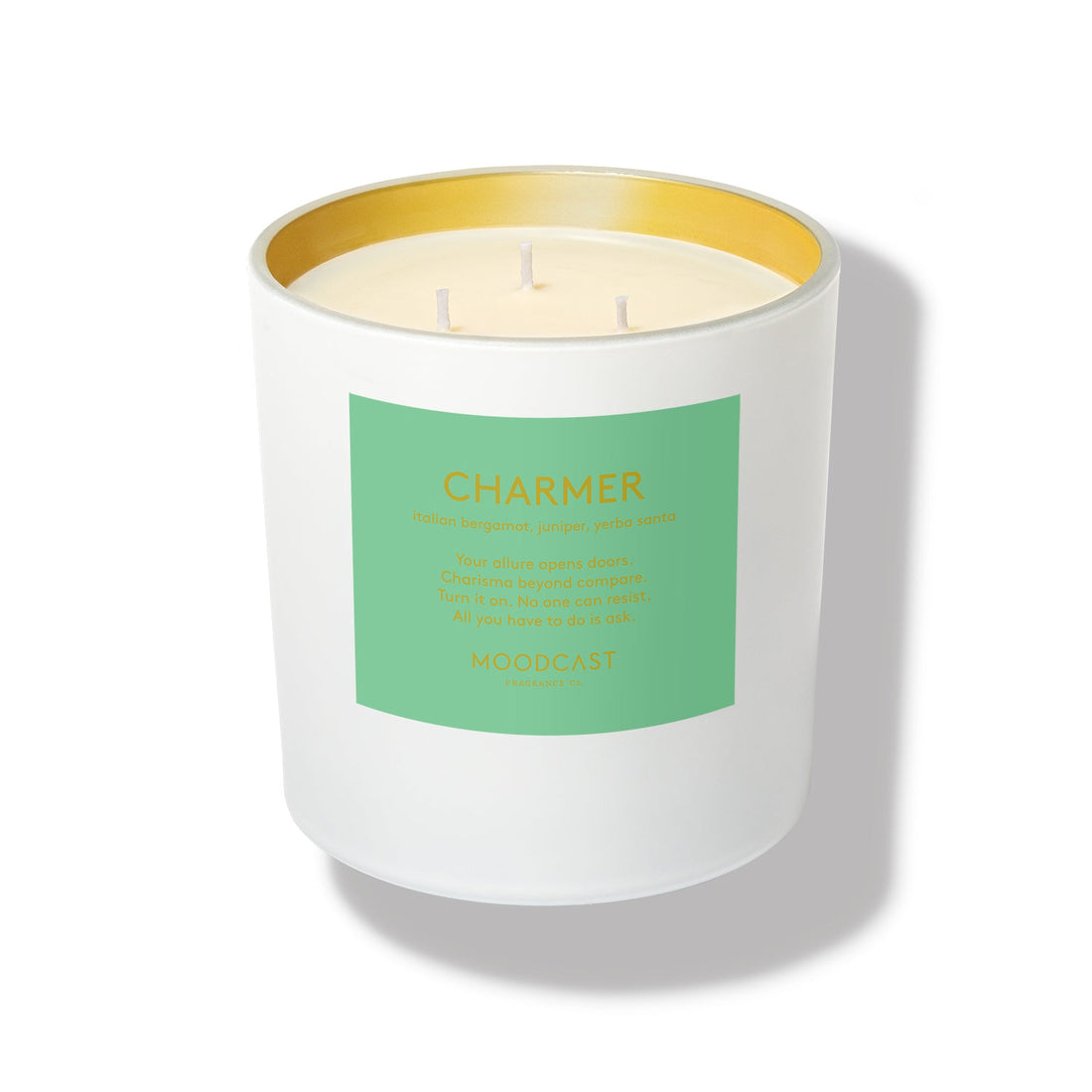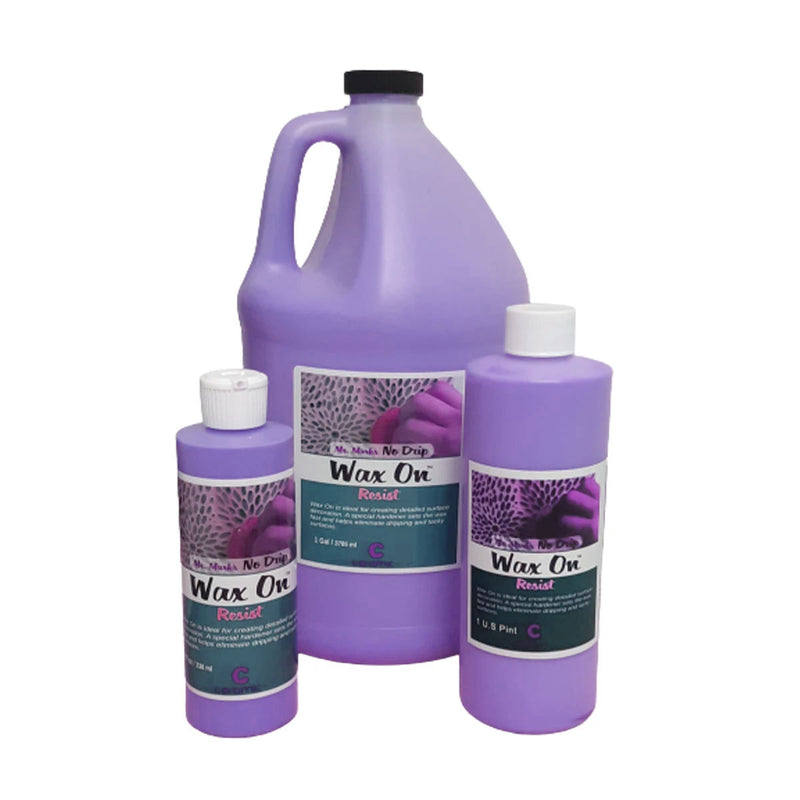Can You Wax Over Resistall
Yes, you can wax over Resistall without any issues or concerns. Waxing over Resistall provides an additional layer of protection and enhances the appearance of your vehicle’s finish.
It helps in protecting the Resistall coating from fading, oxidation, and environmental damage, while also giving it a shiny, glossy appearance. By applying a coat of wax regularly, you can further extend the lifespan of your Resistall coating and keep your vehicle looking shiny and new for a long time.
Whether you have a new vehicle or an older one with Resistall already applied, waxing is a recommended practice to maintain and protect the integrity of the coating.
1. Understanding Resistall Coating
Resistall is a protective coating that can be applied to your vehicle to enhance its durability and longevity. There are different types of Resistall coatings available, each offering specific benefits and features.
| Type of Resistall Coating | Benefits |
|---|---|
| Resistall Paint Protection | Protects the vehicle’s paint from UV rays, oxidation, and fading. It also makes it easier to clean the surface. |
| Resistall Fabric & Leather Protection | Creates a barrier against stains, spills, and fading caused by sunlight, maintaining the original look of the upholstery. |
| Resistall Rust Protection | Prevents rust and corrosion from damaging the vehicle’s metal surfaces, extending its lifespan. |
Using Resistall on your vehicle comes with numerous benefits. It provides a protective layer that can withstand harsh weather conditions, environmental elements, and everyday wear and tear. Having Resistall coating can also reduce the need for frequent maintenance and repairs, saving you time and money in the long run. Additionally, it enhances the appearance of your vehicle, keeping it looking newer for longer. Whether you’re driving in a city or rural area, Resistall helps to shield your vehicle from various elements that can cause damage over time. Consider applying Resistall to your vehicle to enjoy the many advantages it offers.
2. The Importance Of Waxing
The importance of waxing
Purpose of waxing a vehicle:
Waxing a vehicle serves multiple purposes. Firstly, it provides a protective layer that helps shield the paint from harmful UV rays, dirt, and other environmental contaminants. This helps prevent the paint from fading or becoming damaged over time. Waxing also helps to enhance the shine and gloss of the vehicle, giving it a polished and well-maintained appearance. Moreover, the wax creates a hydrophobic barrier, which aids in water beading and sheeting. This helps to prevent water spots and streaks that can occur after rainfall or during car washing, making it easier to keep the vehicle clean.
Benefits of waxing a vehicle:
Regularly waxing your vehicle has several benefits. It helps to prolong the life and quality of the paintwork, keeping it looking new for longer. The protective layer provided by waxing can also reduce the risk of minor scratches and swirl marks, as well as inhibit the formation of rust and corrosion. Additionally, waxing makes it easier to remove dirt, grime, and bug splatters, as they are less likely to adhere to the waxed surface. This not only saves time and effort during cleaning but also maintains the cleanliness and overall aesthetics of the vehicle.
3. Can You Apply Wax Over Resistall Coating?
When it comes to applying wax over Resistall coating, there are a few factors to consider. First and foremost, it is important to understand the compatibility between wax and Resistall. While Resistall provides a protective layer on the surface of your vehicle, wax is designed to enhance its appearance and provide additional protection.
Before applying wax over Resistall, it is crucial to ensure that the coating has fully cured. This can typically take a few weeks, depending on the specific product and environmental conditions. Applying wax too soon can interfere with the curing process and compromise the effectiveness of the Resistall coating.
It is also important to choose the right type of wax for your specific vehicle and coating. Some waxes contain ingredients that may not be compatible with certain coatings, potentially causing damage or reducing the effectiveness of the protective layer. To avoid this, it is recommended to consult the manufacturer’s guidelines or seek professional advice.
In addition, proper preparation is key before applying wax. Thoroughly clean and dry the vehicle’s surface to remove any dirt, debris, or residue that may interfere with the wax’s adherence. This will ensure a smooth and even application of wax over Resistall coating.
In conclusion, while it is possible to apply wax over Resistall coating, it is essential to consider factors such as compatibility, curing time, and proper preparation. By following these guidelines, you can effectively maintain both the protective qualities of Resistall and the enhanced appearance provided by wax.

Credit: moodcast.co
4. Steps To Waxing Over Resistall
To achieve optimal results when waxing over Resistall, it is crucial to follow a systematic approach. Here are four steps to help you prepare the vehicle and ensure a successful waxing process:
-
Preparing The Vehicle For Waxing
Before applying wax, ensure that the vehicle’s exterior is clean and free from dirt, dust, and debris. Thoroughly wash and dry the surface, using a gentle car wash soap, microfiber mitts, and clean water. This step is essential to remove any contaminants that may hinder the wax’s effectiveness.
-
Choosing The Right Wax Product
When waxing over Resistall, it is crucial to select a compatible wax product. Look for waxes specifically designed for use on automotive surfaces and that offer enhanced protection and durability. Consider opting for a synthetic wax or a wax with a high carnauba content for optimal results.
-
Application Techniques For Waxing Over Resistall
Apply the selected wax product using a clean, lint-free applicator pad or a soft microfiber cloth. Work in small sections, applying the wax evenly and in circular motions. Allow the wax to dry for the recommended time specified by the manufacturer, ensuring that it forms a haze.
Once dried, use a clean microfiber cloth to gently buff the waxed surface, revealing a smooth and glossy finish. Repeat the process for the entire vehicle, ensuring that no areas are missed. Regular maintenance and reapplication of the wax will help preserve its protective properties over time.
5. Maintenance Tips For Waxed Vehicles With Resistall
Regular maintenance of your vehicle’s waxed coating is essential to keep it looking its best and protected from damage. With Resistall, a popular wax coating, it is important to follow specific cleaning techniques and schedule for reapplying wax.
When cleaning your waxed vehicle, use a mild car wash soap and avoid aggressive scrubbing or brushing. Instead, use a soft microfiber cloth or sponge to gently remove dirt and grime. Rinse thoroughly with water and dry the surface using a clean, lint-free cloth.
It is recommended to reapply wax to Resistall coated vehicles every 2-3 months for optimal protection. Start by thoroughly washing the vehicle and then apply a thin layer of wax using a microfiber applicator pad. Allow the wax to dry completely before gently buffing it off using a clean cloth to reveal a glossy finish.
Remember, avoid waxing your vehicle under direct sunlight or on a hot surface as it can cause the wax to harden too quickly. Also, avoid using abrasive cleaners or polishes as they can damage the wax coating. By following these maintenance tips, you can ensure that your waxed vehicle with Resistall stays protected and maintains its shine.
Frequently Asked Questions On Can You Wax Over Resistall
Can You Apply Wax Over Resistall?
Yes, you can apply wax over Resistall. Waxing adds an extra layer of protection to your vehicle’s surface and enhances the shine. However, it is recommended to wait at least 48 hours after applying Resistall to allow it to fully cure before waxing.
This ensures the best results and longevity of both products.
Will Waxing Affect The Effectiveness Of Resistall?
No, waxing will not affect the effectiveness of Resistall. Wax and Resistall serve different purposes – Resistall provides long-lasting protection against environmental elements, while wax adds shine and a temporary protective layer. Both products can be used together to enhance the overall protection and appearance of your vehicle.
How Often Should I Wax My Vehicle With Resistall?
It is recommended to wax your vehicle with Resistall every 3 to 4 months. This regular waxing routine helps to maintain the protective layer and shine provided by Resistall. However, frequency may vary depending on factors such as climate, usage, and exposure to harsh elements.
Regular inspections will help determine the need for waxing.
Can I Use Any Type Of Wax On A Vehicle With Resistall?
Yes, you can use any type of wax on a vehicle with Resistall. Both paste and liquid waxes are suitable. However, it is advisable to choose a high-quality wax that is compatible with your vehicle’s paint and clear coat. This ensures optimal results and minimizes the risk of any adverse reactions between products.
Conclusion
To sum up, waxing over Resistall is a practical solution to enhance the protection on your vehicle’s surfaces. Through this process, you can effectively safeguard your vehicle from the damaging effects of the elements and maintain its glossy shine. By following the right steps and using the appropriate products, you can achieve long-lasting results.
Give your vehicle the care it deserves and enjoy a durable and vibrant finish.
